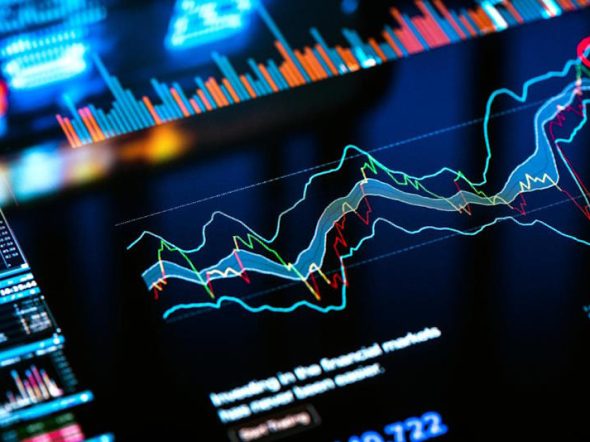Trading in financial markets can be both exciting and lucrative, but it's also known for being risky. Demo accounts give beginners and more experienced traders a place to practice without the fear of losing real money. We look at how to use demo accounts as effectively as possible.
Understanding demo trading accounts
Demo trading accounts are simulation platforms offered by brokers that allow traders to experience the dynamics of real financial markets without risking their capital. These accounts provide users with a virtual balance that can be used to buy and sell trades under real market conditions. The assets, price feeds, and market movements are identical to those in the live trading environment, but the money used is entirely virtual. Would-be traders can learn to understand forex charts and see how successful they would be, without any actual risk.
How to use demo trading accounts effectively
There are ways to ensure you get the most out of using a demo trading account. These include:
Choose the right broker
Select a reputable broker that offers a user-friendly demo trading platform. Ensure that it closely replicates the live trading environment in terms of assets, spreads, execution speed, and more.
Set realistic goals
Establish clear objectives for your demo trading experience. Whether you aim to practice a specific strategy, familiarize yourself with a new market, or just gain experience, having goals will help you stay focused.
Treat it like real money
Although the funds are virtual, if you try to simulate a real trading experience as closely as possible, this will get you in the right mindset from the start. Begin with the amount of virtual money that you would realistically invest and manage your trades with discipline and proper risk management.
Keep records
Maintain a trading journal to track your trades, strategies, and results. This record-keeping will help you analyze your performance, identify areas for improvement, and refine your future trading plans involving real money.
Experiment and learn
This is the perfect time to experiment with different strategies and techniques. Although you’re trying to keep the experience as realistic as possible, the occasional risk can help prepare you.
Emulate real market conditions
If you plan to transition to live trading in the future, it's important to replicate real market conditions in your demo account. This includes sticking to trading hours, using stop-loss orders, and considering slippage and spreads.
Use patience and self-discipline
As in live trading, patience and discipline are crucial in demo trading, too. Avoid the temptation to take excessive risks or chase unrealistic gains. The goal is to see how your real-life trading would work out.
The transition to live trading
Once you feel confident in your abilities and have consistently achieved positive results in your demo account, consider transitioning to live trading. Start with a smaller amount of capital. This should be an amount you can afford to lose.
Conclusion
Demo trading accounts are invaluable tools for traders at all levels. They offer a risk-free environment to practice, experiment, and refine trading strategies. Choosing a reputable broker, setting realistic goals, keeping records, and emulating real market conditions will be beneficial. This helps to build essential skills and confidence before venturing into the challenging world of real-money trading.
